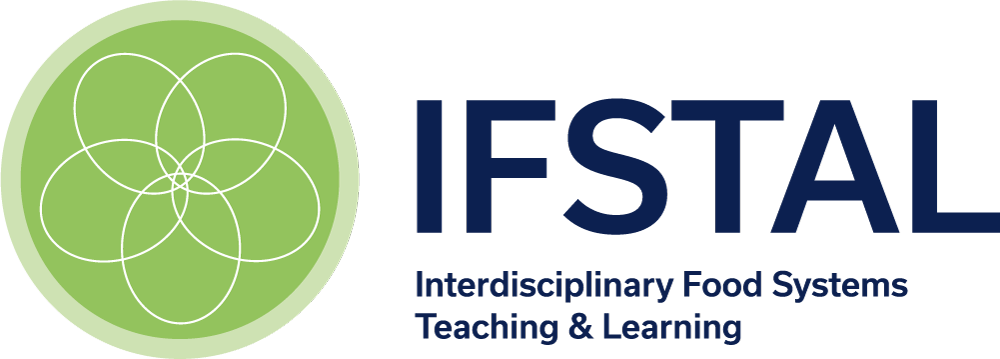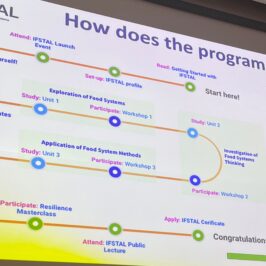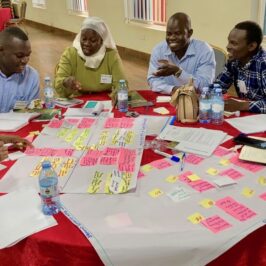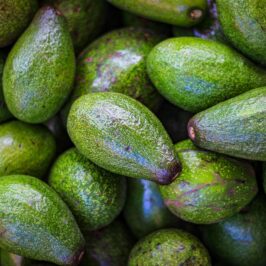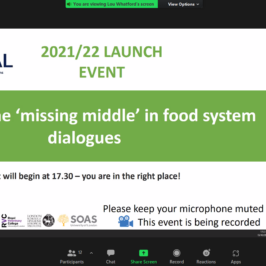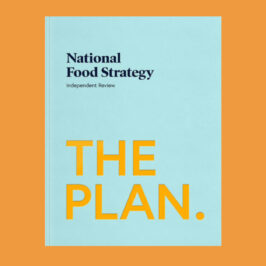Reflections on the IFSTAL Symposium 2017 – Technology: A silver bullet for the food system?
By Catherine Price, PhD Researcher, Warwick University
The IFSTAL Symposium took place on Saturday 28 January 2017 and addressed the question of whether technology is the only solution for food security problems. Throughout the day we were offered a wide variety of ideas on ways in which problems could be addressed. Some of these were more highly sophisticated with their use of technology than others. However, one of the overarching themes for me was in respect of how consumers shape the food system and how technology can play a role in this.
Discussed in the presentations by Dr Rosemary Collier from the University of Warwick and Dr Carol Wagstaff from the University of Reading, was how consumers had particular demands in respect of fruit and vegetables.
Plenty of choice was a requirement and high standards were demanded. These standards related to appearance, longevity and flavour. However, nutrition was not an important factor. This places an emphasis on the consumer in that they will dictate what the supermarkets sell. To an extent this is true, but points were also raised which showed how the food industry will develop and market products which they know people will want to purchase. Therefore, this then raises the question is it really the food industry responding to consumers, or is it the other way around?
A perspective I found of particular interest, was how local communities can fit into the food production system. Julie Brown from Growing Communities suggested that local community growing could fit into a food zone system. More perishable items, such as salad crops could be grown near urban centres, whilst conventional farming continued to take place in the outer zones.
Rather than having an either/or situation in respect of growing with or without technology, Julie suggested that all methods of food production should be involved in solving food system problems, with the more technological solutions employed in the outer food zones.
Julie stated that around 1000 people a week were being fed by the community box scheme she helps run, whilst there was also an organic farmers market. This suggests there is a willingness by consumers to try to understand how food is grown and produced, or they wish to know where their food comes from. This advocates that communities can be part of the solutions to addressing problems in the food system.
For me, the community growing scheme could also potentially address problems such as obesity and diabetes for consumers. Cooking and eating meals prepared from fresh ingredients rather than ready meals, is a step in the right direction. Understanding how food is produced could also potentially help consumers reduce food waste. If there is greater awareness of all of the resources used in producing food such as water, labour and nutrients, then there may be greater inclination to reduce waste.
The consumer issue for me also relates to a question discussed in the final panel debate, which was ‘GM food has provoked a polarised debate. Does this pose obstacles for other technological innovations?’ Given the importance granted to consumers in driving the food system, this seems to be an important point to consider. Part of the problem in the UK context with GM foods, was that consumers felt they were not consulted about their introduction. For me, this suggests that perhaps with future technological innovations, consumers can be consulted throughout their design and implementation to enable barriers to be removed. If consumers feel they have a degree of control over new technologies, then they are more likely to be accepting.
Overall, the symposium made me consider the role of technology in the food system in connection with the consumer. It highlighted how there are many aspects which need to be taken into account.
